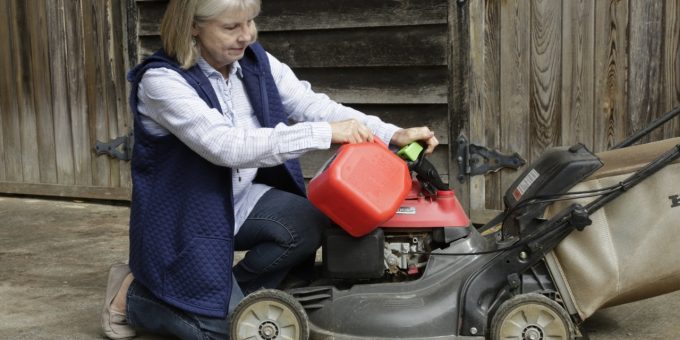
(UNDATED) – During Fuel Safety Month in July, experts at Scepter™ are offering a multitude of safety tips for storing and using fuel in home settings.
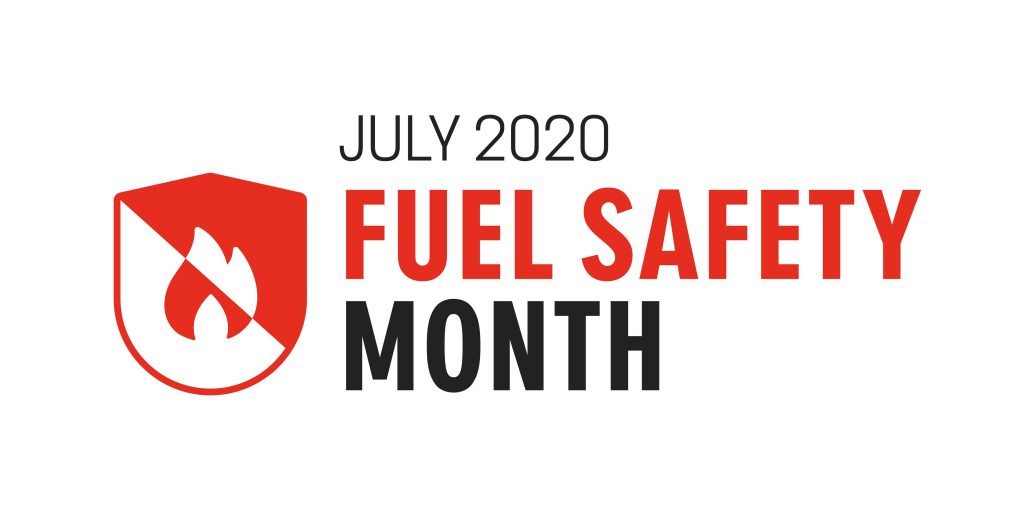
“There are many aspects of handling fuel that people should be aware of, especially if there are children in the home,” says Dan Marshall, vice president of marketing and business development with Scepter™. “During Fuel Safety Month we are shining a spotlight on safety tips relevant to both children and adults in a variety of everyday settings.”
Tips: Selecting a Fuel Container
Tip #1 – Inspect your existing fuel container regularly for leaks or cracks. If you see any signs of aging, carefully dispose of the container and purchase a new one.
Tip #2 – If you need to buy a new fuel container, seek out one with controllable flow, child safety features and Flame Mitigation Device (FMD) for safety. Even with an FMD on a unit, fire and fuel should never be mixed.
Tip #3 – Only purchase fuel containers from trusted brands, like Scepter, that are available from top retailers both in store and online.
Tip #4 – Once you have a new fuel container, do not remove or alter the FMD inside the opening of the container in any way.
Tips: Fueling Up at the Pump
Tip #5 – Put only the proper fuel in the proper container. Universally, red containers are for gasoline, blue containers are for kerosene, and yellow containers are for diesel.
Tip #6 – Before going to the pumps, look at the products you require fuel for. Not all fuels are the same. Select the right fuel for your outdoor power equipment. Do not use fuel that has a higher than recommended ethanol content for your equipment.
Tip #7 – Never allow children to operate pumps or fill up fuel containers. And, never smoke when filling a gas tank or fuel container.
Tip #8 – Make sure to follow proper filling instructions for containers with FMDs. (see instructional video)
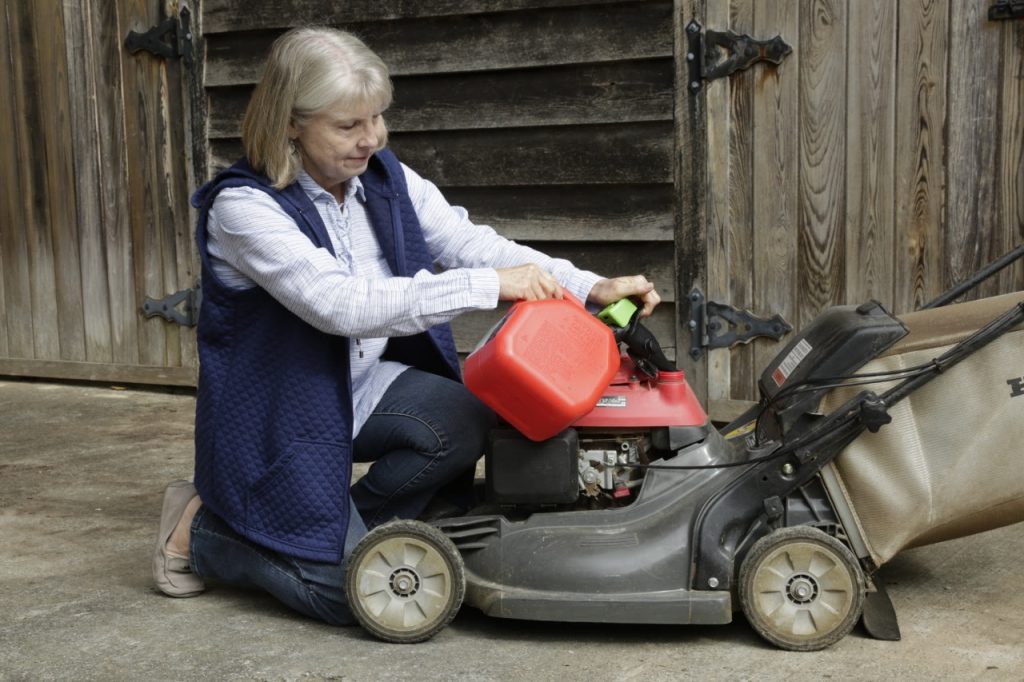
Tip #9 – Remove fuel containers from vehicles before refilling, and turn off your vehicle’s engine. Place containers on the ground a safe distance from a vehicle when refilling. Do not leave the containers in the back of a pickup truck or in the trunk of a car when filling.
Tip #10– Look for a “fuel fill line” on your container. Never fill past this mark. Leaving some space in the container allows for expansion.
Tip #11– Fuel containers can build up a static electric charge during transport. Touch the container with the gas dispenser nozzle before removing the container lid to ground the static electricity charge.
Tip #12 – Keep the nozzle in contact with the container when filling it to prevent build up of a static charge. If a static-caused fire occurs, leave the nozzle in the fill pipe. Immediately move away from the vehicle and notify the station attendant.
Tip #13 – Carefully wipe away any fuel spills, either during the filling of the container or when using the container.
Tip #14 – Secure your filled fuel containers in your vehicle against tipping and sliding. Never leave containers in a car trunk or flat bed, and keep out of direct sunlight.
Tips: Using Fuel for Outdoor Chores
Tip #15 – Use fuel outside only, in well ventilated areas where you will not breathe in the
fumes.
Tip #16 – Do not smoke when using fuel or when near a fuel container. One spark can cause gasoline vapors to ignite.
Tip #17 – Never fuel a piece of equipment while it is running. Gasoline is a fluid with fumes that can generate dangerous explosive power. Keep gasoline away from ignition sources and hot or running equipment.
Tip #18 – If you run out of fuel during a project, like cutting the grass, let the hot motor cool down before adding more fuel. This eliminates the risk that fuel is accidentally spilled on a hot surface. If this happens, the fuel or fumes could ignite and potentially explode.
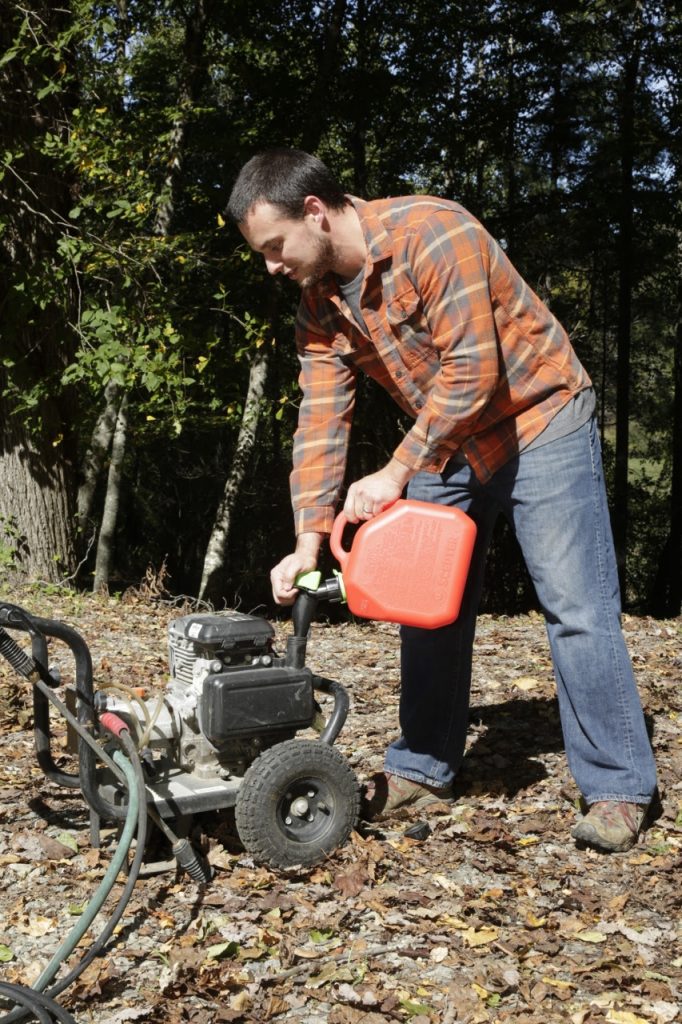
Tip #19 – Should a flammable liquid spill in or outside the home, there can be a vapor or fire hazard. Immediately contact your fire department or local authorities for full cleaning instructions and restrict access to the spill area from children and pets.
Tip #20 – Do not siphon any type of fuel by mouth. Instead, invest in a siphon pump.
Tips: Outdoor Activities
Tip #21 – Gasoline is not a lighter fluid. Never try to start or accelerate a bonfire, barbeque, or grill with gasoline. (See an important video on fire tips)
Tip #22 – Do not allow children near fuel containers or running equipment.
Tip #23 – Don’t guess. Check beforehand to determine the type of fuel recommended for your outdoor lawn and sports equipment. Follow all safety recommendations by the product’s manufacturer. And, if you use a specific container for a fuel/oil mix, make sure to mark the container with a permanent marker to remind yourself what this container holds for future use.
Tip #24 – Use only appropriate pesticides for killing ant hills, wasp nests and beehives. Never use any type of fuel for this purpose.
Tip #25 – Gasoline should never be used as a cleaning agent, or to wash hands.
Tip #26 – Choose the right container for outdoor activities. While a Scepter SmartControl container is ideal for family chores, easy to transport Scepter Marine Containers are designed for boating needs.
Tips: Fuel Can Storage
Tip #27: When not in use, store any filled fuel containers in a secure, dry location away from pets and easy access by children. Never store filled fuel containers in a vehicle or in living space, like a home or trailer.
Tip #28 – When storing in a garage, make sure to store fuel containers away from furnaces, hot water tanks and any other potential source of heat.
Tips: Disposal of Old Fuel
Tip #29 – Know your fuel. Winter fuel is heavier, and a unique blend. Fuel available in the spring and summer is different and should be used for lawn care and sporting equipment.
Tip #30 – Dispose of any winter mix of gasoline stored in containers by putting it in your car with a funnel. The small amount of winter fuel will easily mix in with the gasoline in your tank.
Final Tips
To help get you ready for fuel-related tasks around the home, Marshall suggests reviewing safety videos online for important tips.
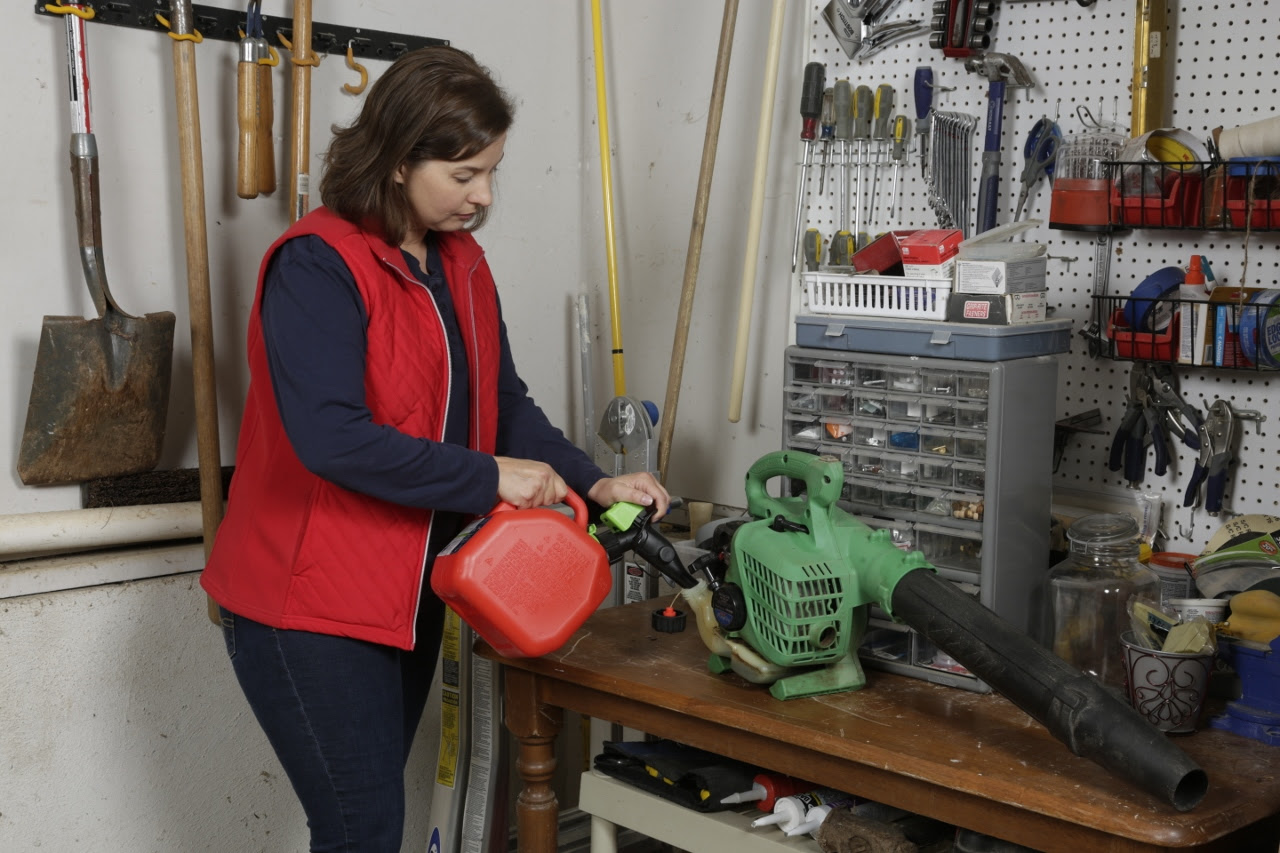
“Handling fuel and fuel containers is something that should only be done by knowledgeable, responsible people,” says Marshall. “Our hope is that by sharing these fuel safety tips that we can help prevent accidents.”
Fuel container safety is such an important topic that the Congressional Fire Services Institute reports a related bill was introduced to Congress on January 28, 2019. The bill directs the Consumer Product Safety Commission to adopt a standard requiring the addition of flame mitigation devices (FMDs) to consumer-grade portable fuel containers. The bill has passed the House of Representatives and is currently being reviewed by the Senate Committee on Commerce, Science and Transportation.
According to the Portable Fuel Container Manufacturers Association (PFCMA), FMDs are designed to prevent the rare occurrence of the transmission of a flame into a container and then igniting flammable vapor inside the container. The FMD allows a container to safely and effectively function for the user and meet the other standards applicable to portable fuel containers.
For consumers, Scepter offers innovative Scepter™ SmartControl™ fuel containers for gasoline, kerosene and diesel. The rugged SmartControl containers are Made in America and designed to substantially exceed ASTM and CPSC minimum standards. All Scepter portable fuel containers in the United States already include FMDs certified to the new ASTM F3326 standard. Plus, each product includes child safety locks.
Recognized by This Old House magazine as a “Top 20 Best New Product of 2019” in the Lawn & Garden category, SmartControl containers are also the recipient of the “Best in Class” Award at the 2018 National Hardware Show.
Constructed of durable and safe high-density polyethylene, SmartControl containers can be found throughout the U.S. in The Home Depot®, Walmart®, Lowe’s®, AutoZone®, Pep Boys, Target and Northern® Tool + Equipment stores. Visit www.scepter.com for more information.
Additional Resources:
- Staying Safe at the Pump – Tips provided by the American Petroleum Institute.
- 2020 study shows consumers confused by fuel products offered for different types of equipment usage in the home. Provided by the Outdoor Power Equipment Institute (OPEI).
- Practice Caution When Handling Fuel – Article by the National Safety Council.
- Fuel Safety Tips – Checklist from Canadian Centre for Occupational Health and Safety (CCOHS).



